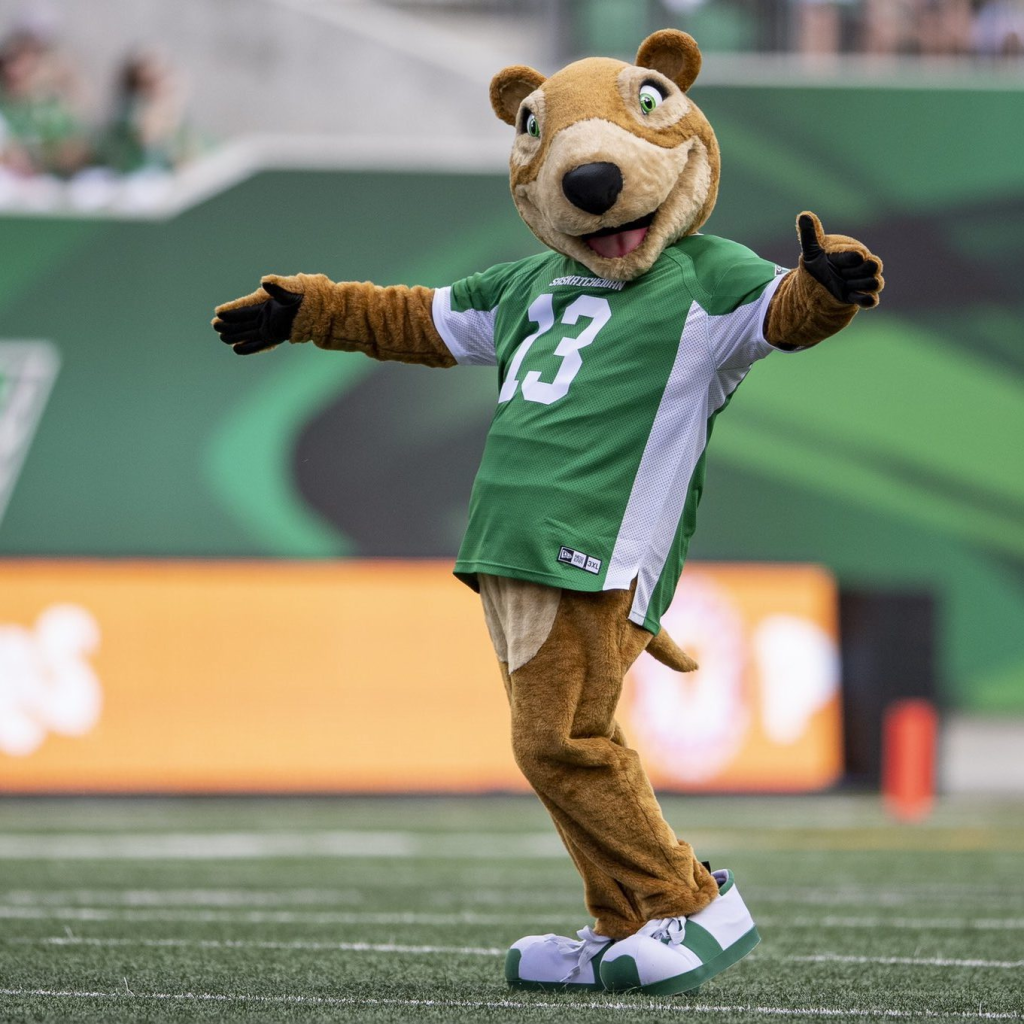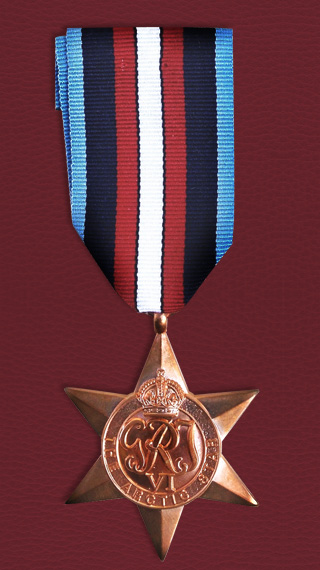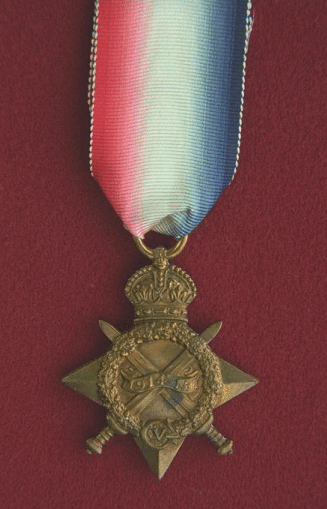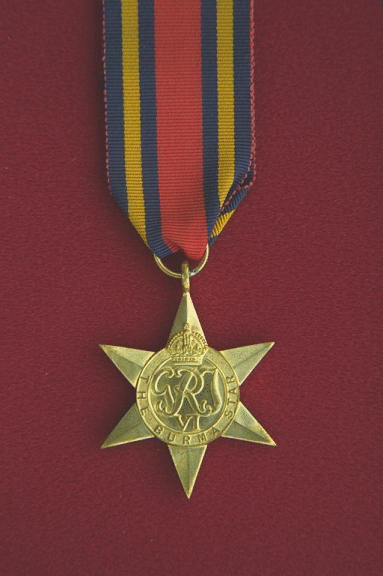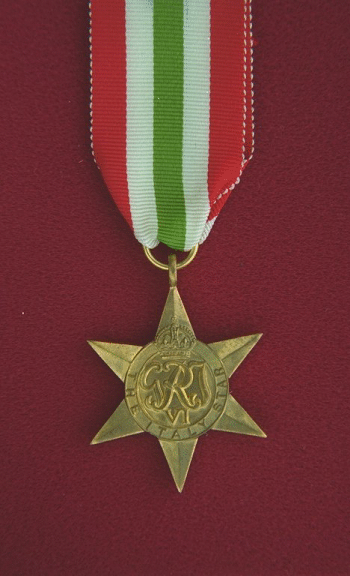The World Famous Gopher Hole Museum & Gift Shop.
Needing a brief escape from the city, an old friend was doing a bit of a road trip on Saturday and invited me along for some company. The initial plan was to visit another friend of ours in Medicine Hat but, she was working, so we headed out apparently with no particular place to go until I was told about “plan b”, which involved retrieving some personal items from a place in Torrington, which is about 160km (99 miles) to the north-east of Calgary. I had never been before, so it would be another place to add to the list of places I’ve been.
The Menace and the Mascot.
Here on the prairies the ubiquitous Richardson’s Ground Squirrel, better known as the gopher, is a rodent that is a menace to some and at the same time a mascot to others. Ranchers and farmers have lost livestock to broken legs resulting from stepping in a gopher hole, and they will work to eradicate the rodents using any means at their disposal. Many an enterprising teenaged boy would use a .22 caliber rifle to hunt gophers for local farmers and ranchers offering a bounty on gopher tails. Modern methods employ the pumping of propane or natural gas into their underground tunnels and then igniting it. Gophers are also known to be carriers of yersenia pestis, better known as the bacteria that causes the bubonic plague, so Alberta can be rat-free as much as we want, we’re still at risk for the disease that originally gave rats a bad name.
These same ranchers and farmers could very well be fans of the CFLs Saskatchewan Roughriders, whose team mascot ironically is a gopher named Gainer (which sounds much better than Ricky the Richardson’s Ground Squirrel), while fans of NCAA football and basketball are also likely to be at least somewhat familiar with the University of Minnesota Golden Gophers.
What About Gophers?
According to the legend it was back in the mid-1990s when some local volunteers began to think of a way to drum up tourism in their quaint, yet out of the way little hamlet. After a lady offered gophers as a solution, the co-founder and village mayor Otto Kurta thought it was just crazy enough to work, for two or three years maybe. In 2021, the World Famous Gopher Hole Museum celebrated its 25th anniversary, and there’s no sign of things slowing down.
Also the Local Abandoned Cat & Kitten Drop-off.
I was also informed by my guide that this location was known to be where people could drop off unwanted cats or kittens in the hopes that someone would give them a good home. There was a friendly Maine Coon greeting visitors by rubbing against their legs and offering up a meow that seemed to say “welcome”.


The museum is open daily, and quite reliably, between 10am and 5pm during the summer months. I say this because the local watering hole in the hotel is kind of hit and miss as to when it opens, so it’s always best to check ahead.
Improving and Expanding.
So successful has the museum been that it is looking to expand.


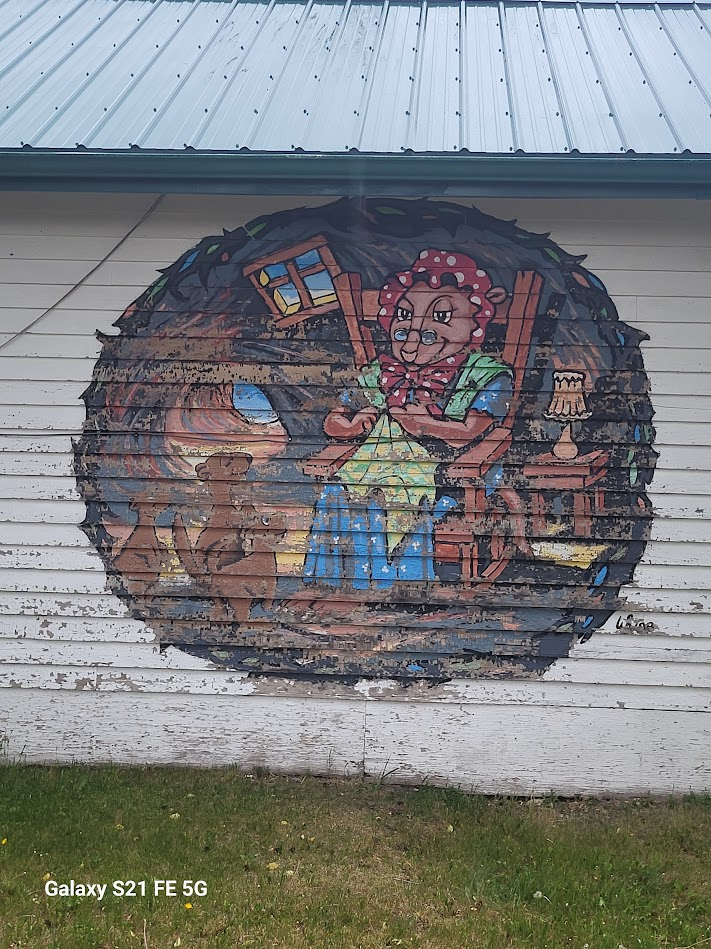
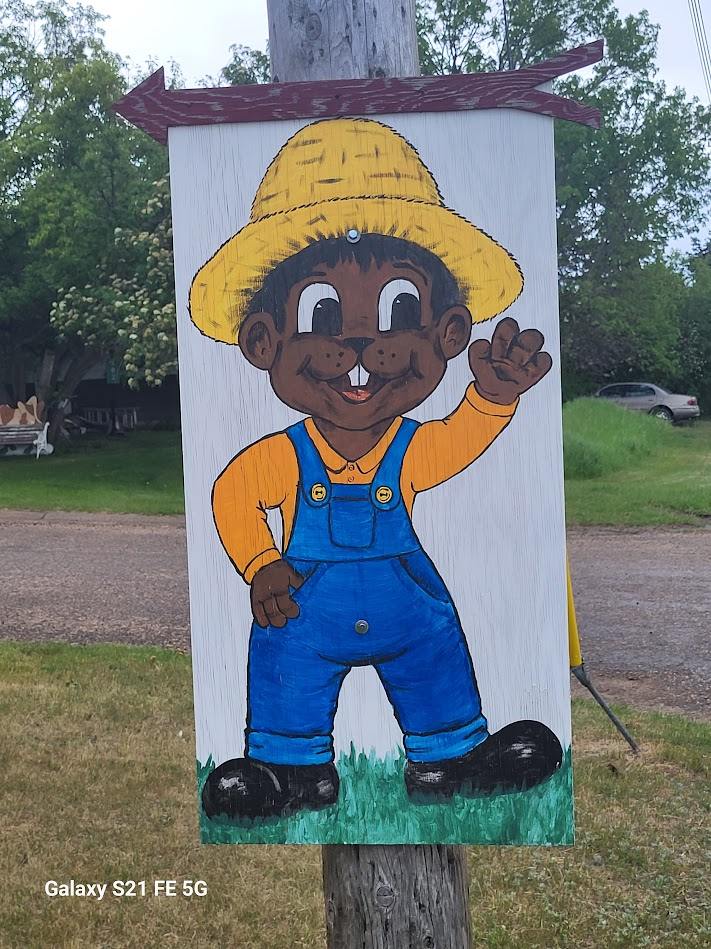
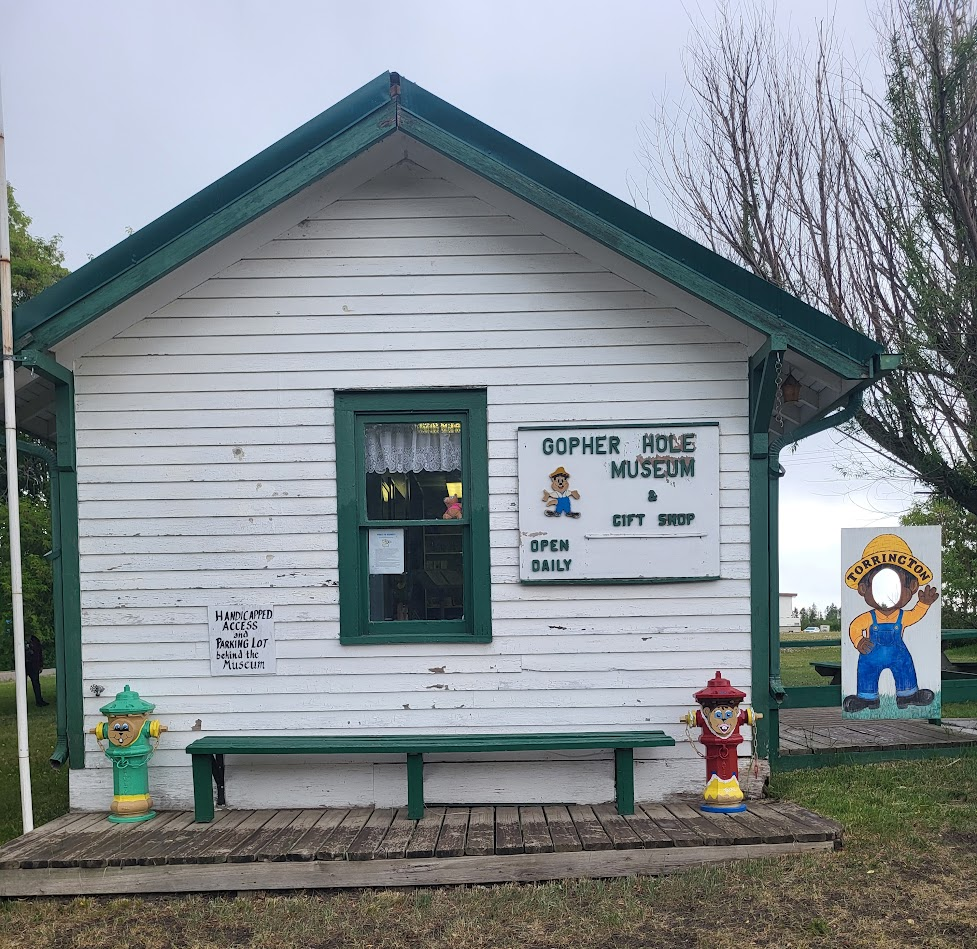
Colourful Visitors Map.
Every tourist attraction you visit has a map of the world on the wall covered in pins from all the various places around the globe visitors have come from. This of course naturally raises the question of whether or not anyone actually travelled 10,000 miles with the express purpose of visiting the Gopher Museum? We may never truly know the answer to this question but I would like to think at least one person has.

Gift Shop.
Immediately upon entering the museum you are in the gift shop, which has the standard gift shop fare. I myself would recommend the classic “So and so went to the World Famous Gopher Hole Museum and all I got was this crappy shirt”. I figure you can never go wrong with that.


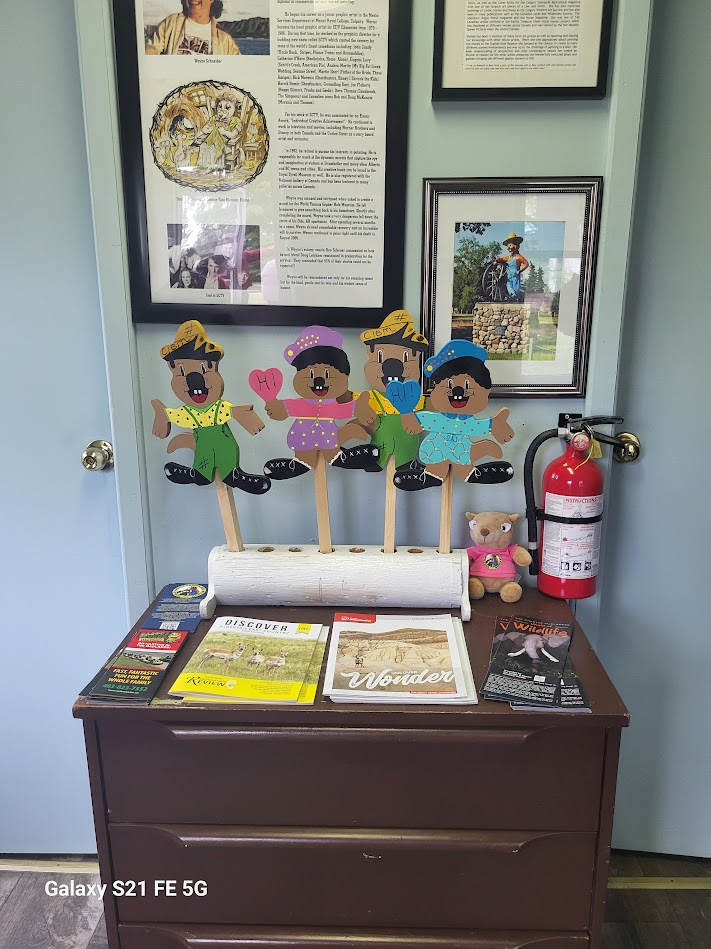
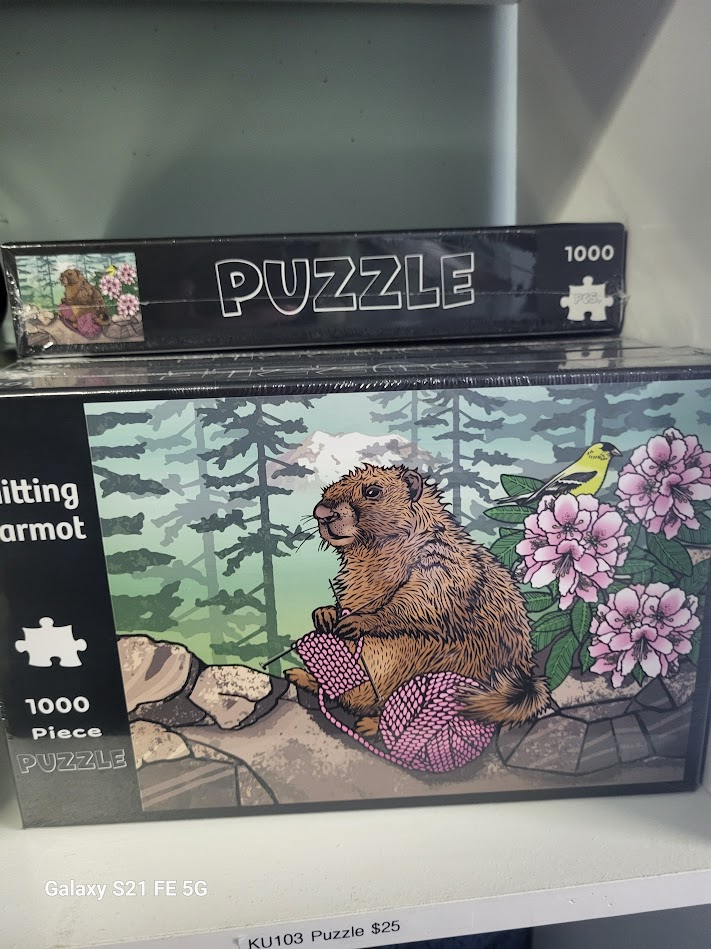


The Exhibit Hall.
Caution! Read top item before proceeding.
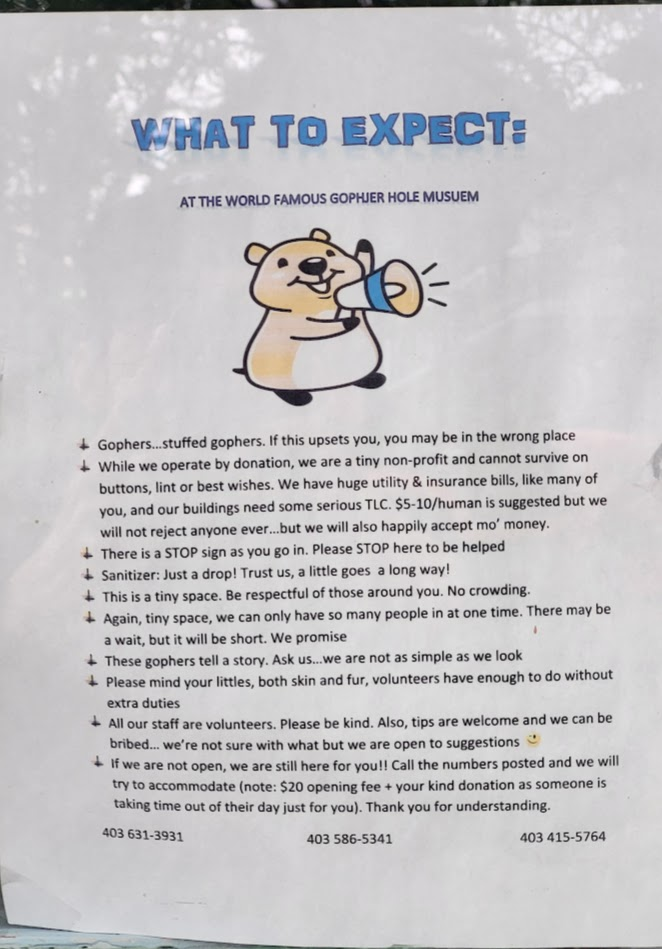
If you choose to enter the “Exhibit Hall” know that the risk of contracting the plague is beyond extremely low, as these gophers would have been deemed “flea free” from the time of taxidermy.
To be honest I really didn’t know what the hell to expect. I mean a gopher hole is just a hole in the ground, and if you’ve seen one you’ve seen the millions upon millions of others. What the curators of this museum are offering us is a glimpse down the gopher hole, using the town as a backdrop for a unique diorama.
Enjoy.
Torrington Hotel.
Fortunately for us the hotel bar was open during our visit and I can say that the artist did a great job on capturing how the place really looks.

Torrington Treasury Branch.
All gun control will do is put the guns in the paws of the criminal critter element.
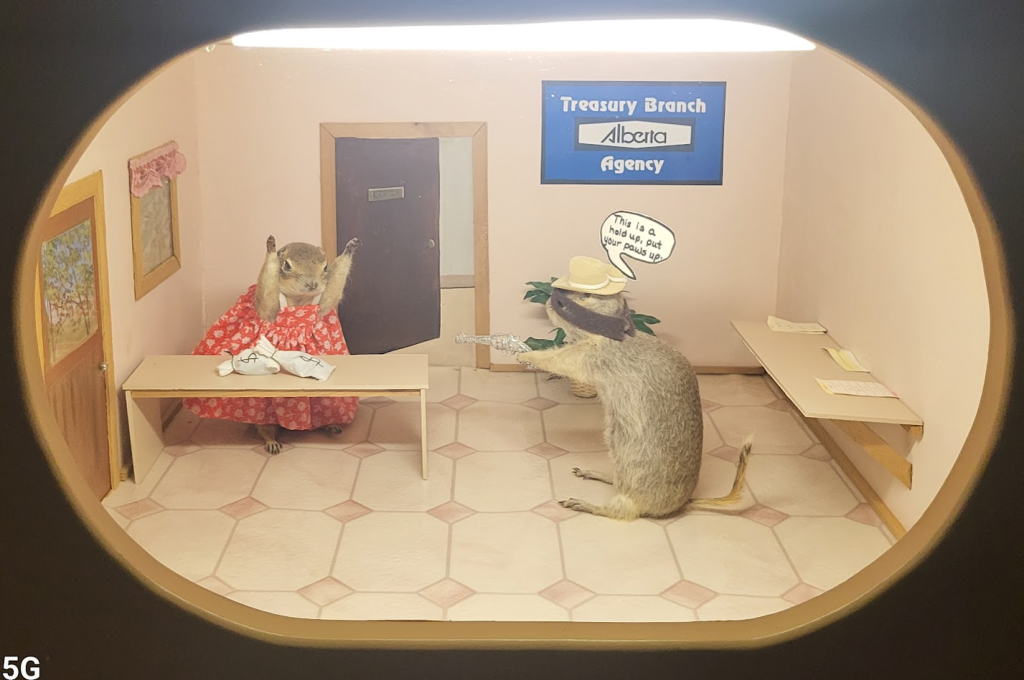
Olds RCMP Detachment.
Meanwhile 35km away at the Olds RCMP detachment….
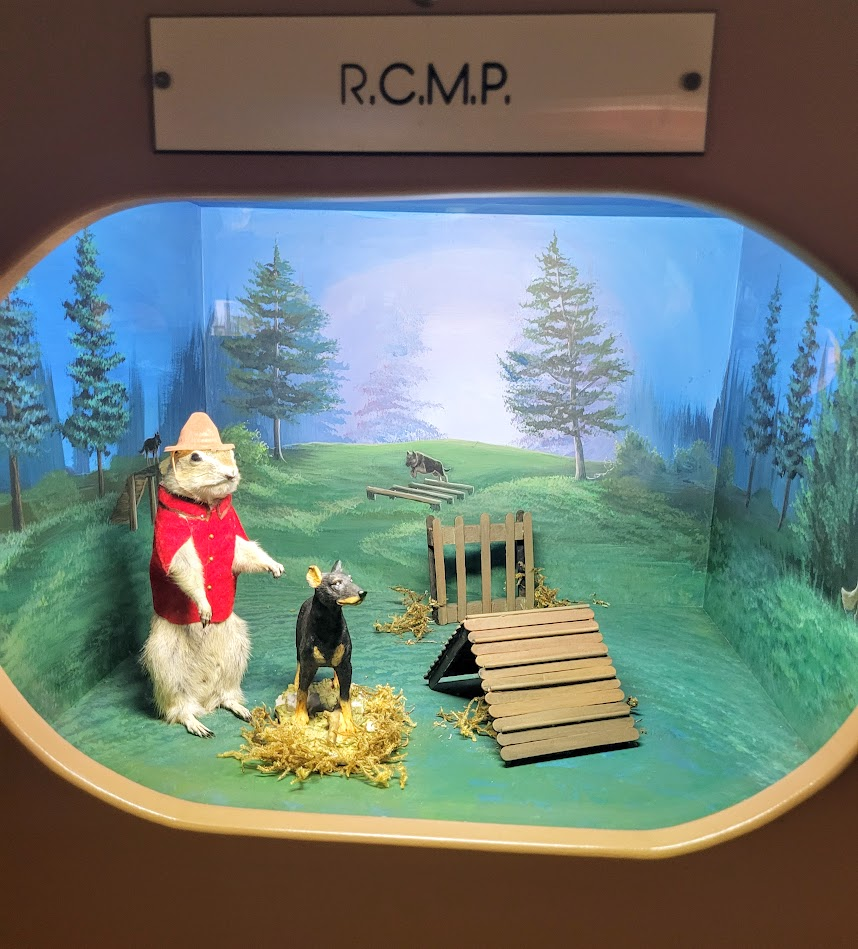
Torrington Public Library.

Torrington’s Beauty Salon.

The Old Fishing Hole
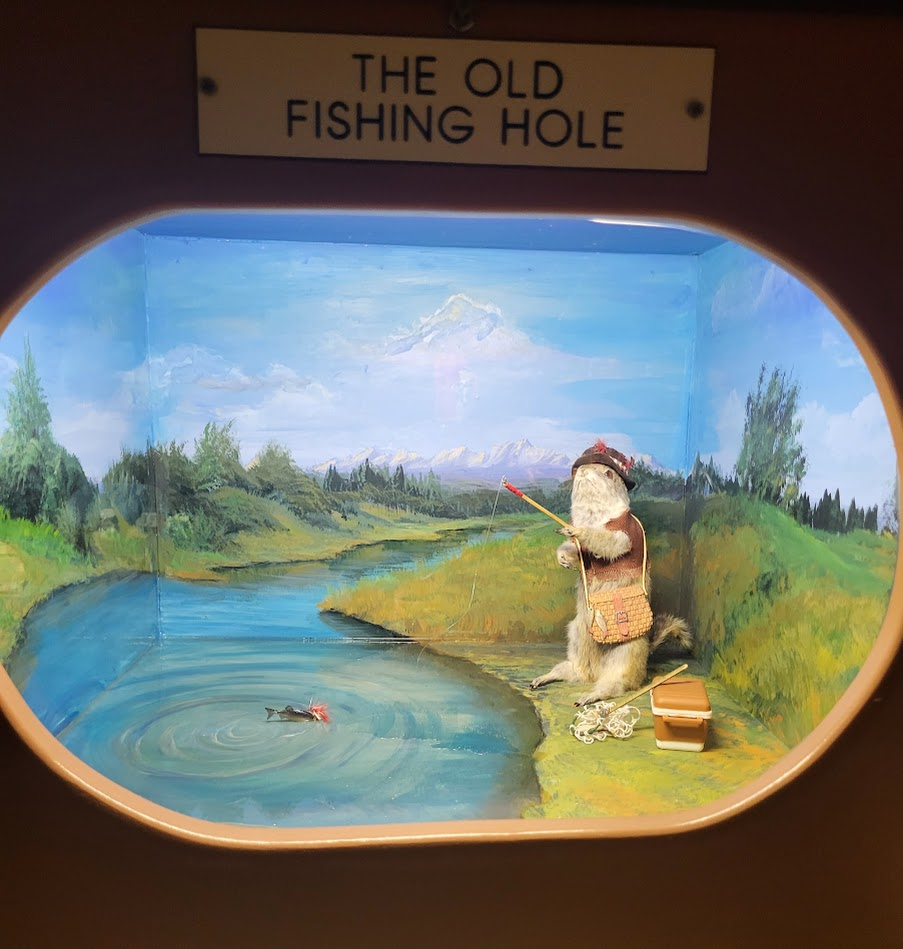
Silver Willow Senior Citizens
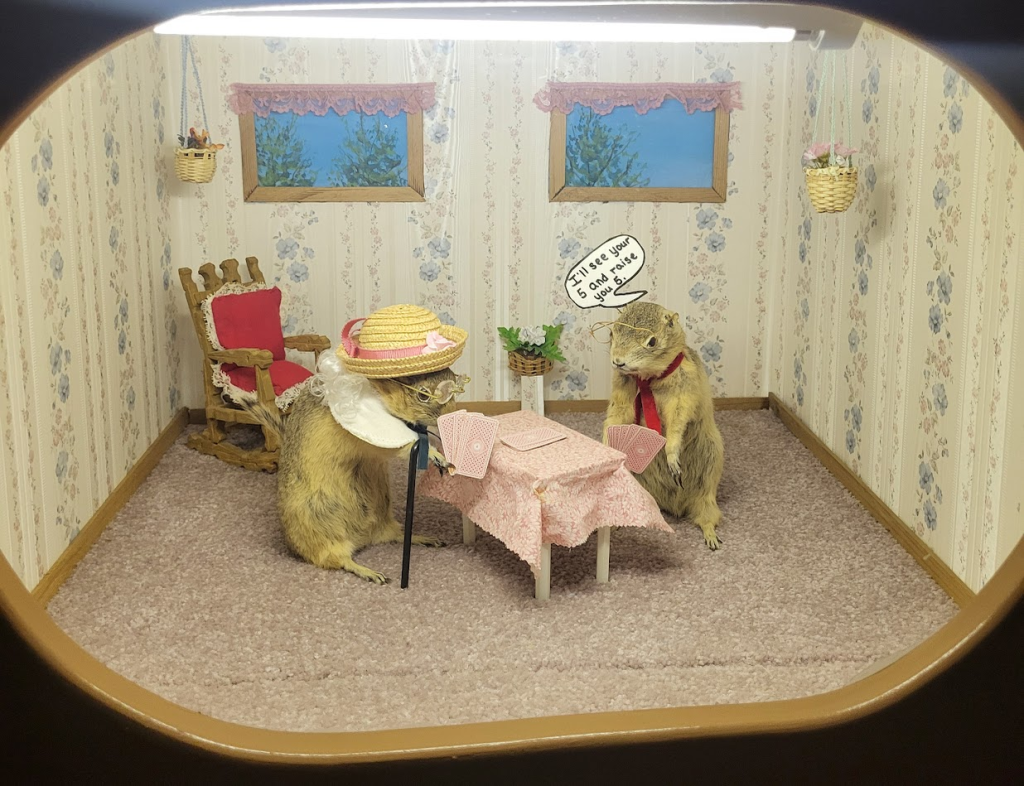
Torrington Community Hall.
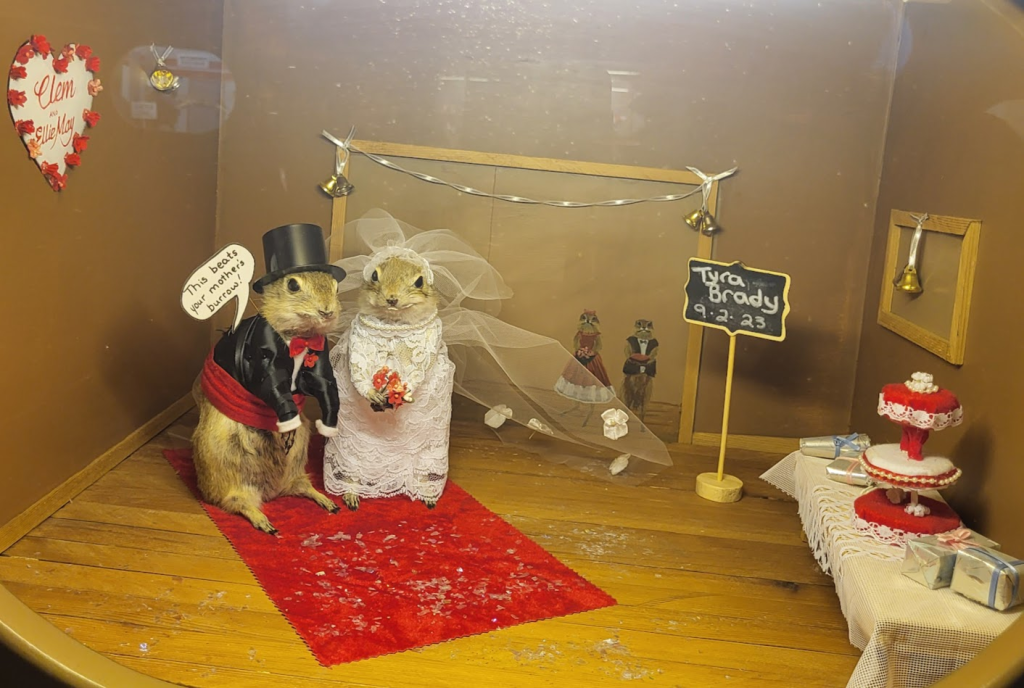
Parade Day.
I can only guess that they are referring to the Stampede Parade in Calgary since I couldn’t find record of any gopher parades in Torrington.

Gopher Olympics
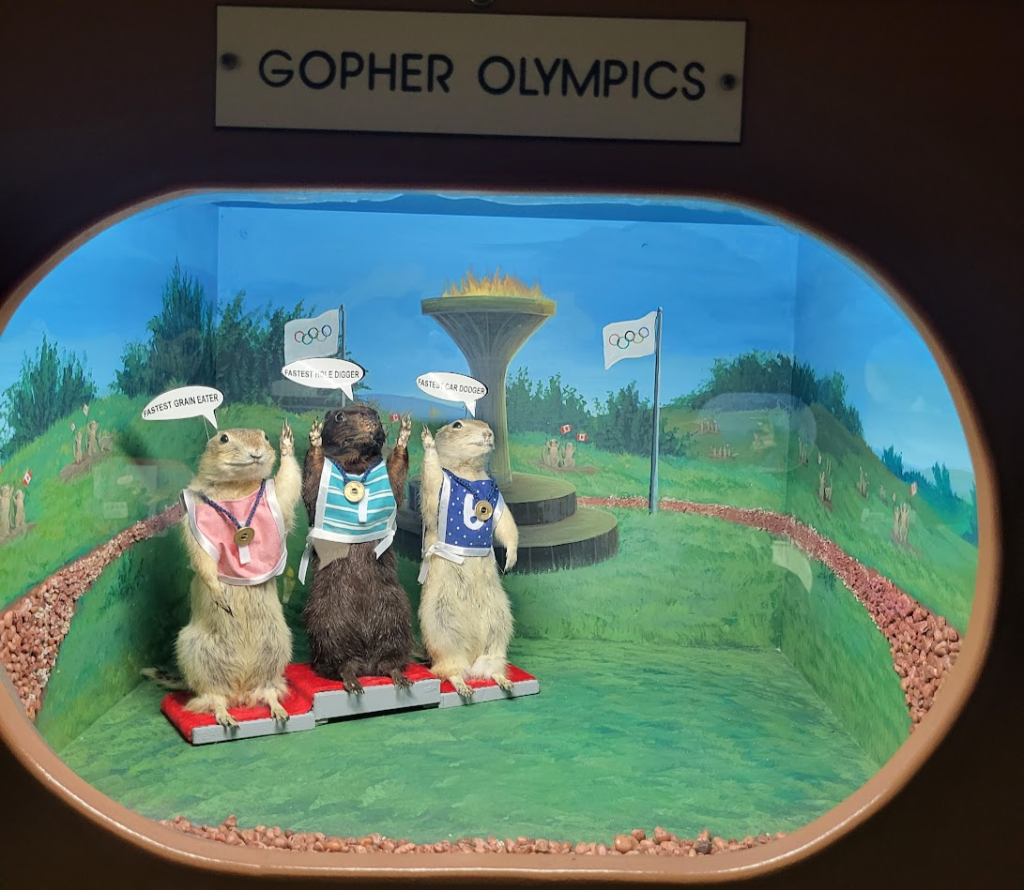
Torrington Post Office
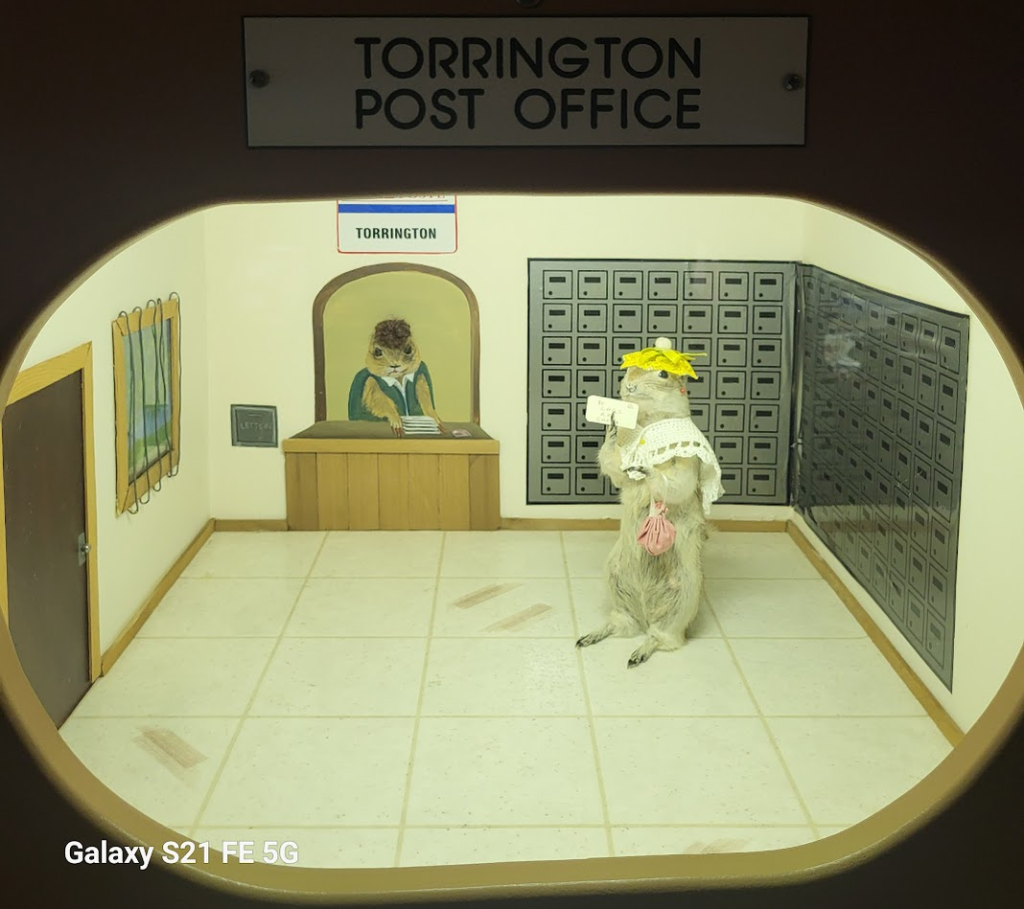
Prehistoric Times
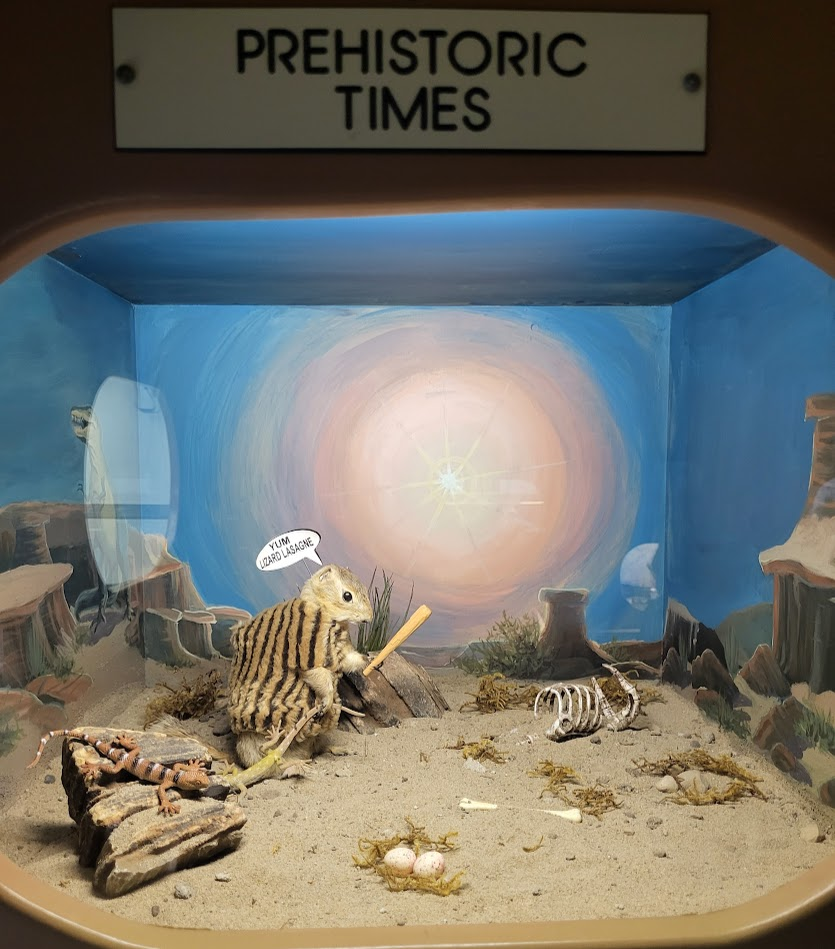
Moonlight Romance.
I guess my only issue with this would be Honda Goldwing.

Grain elevators.
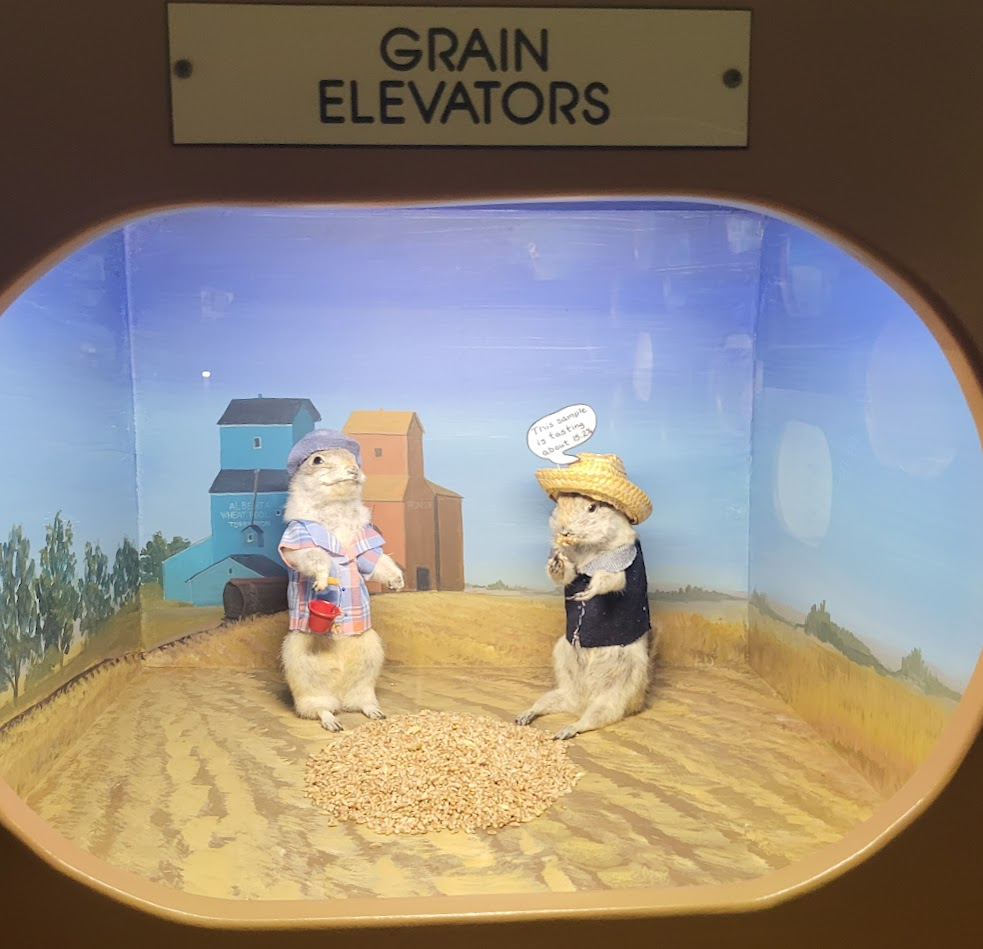
Torrington arena.
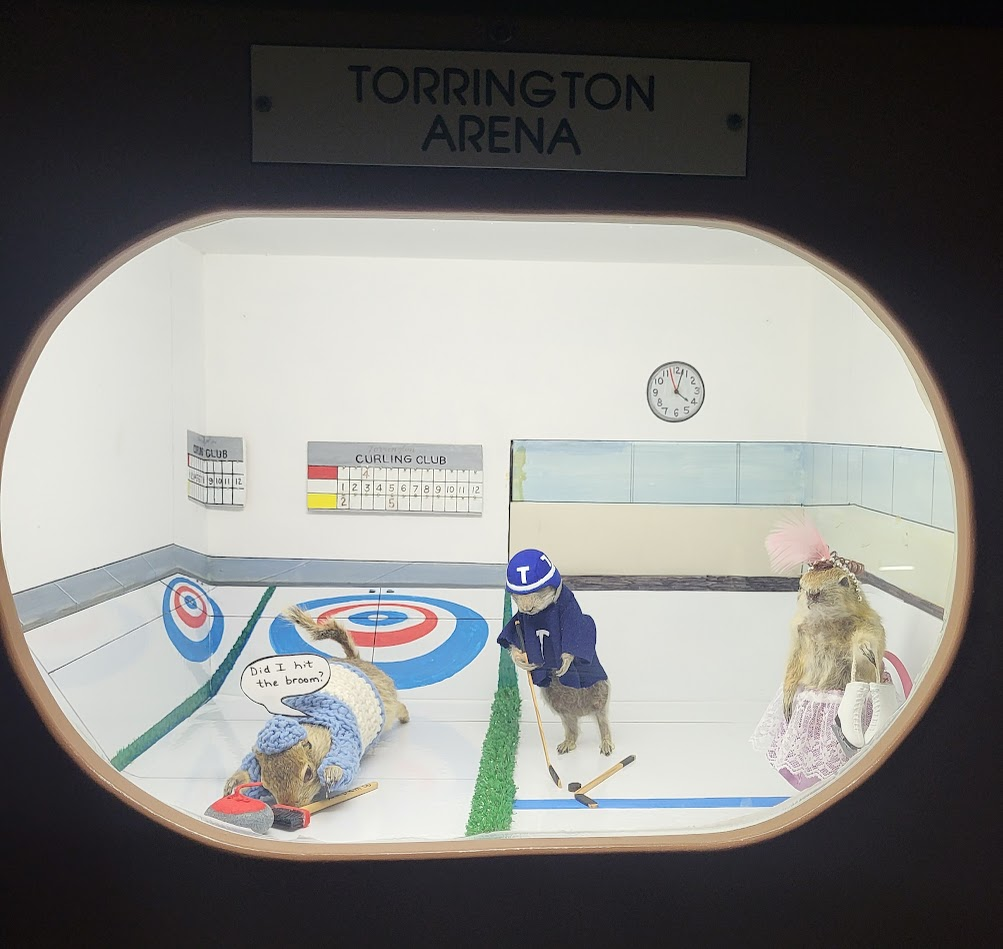
Trinity Lutheran Church.
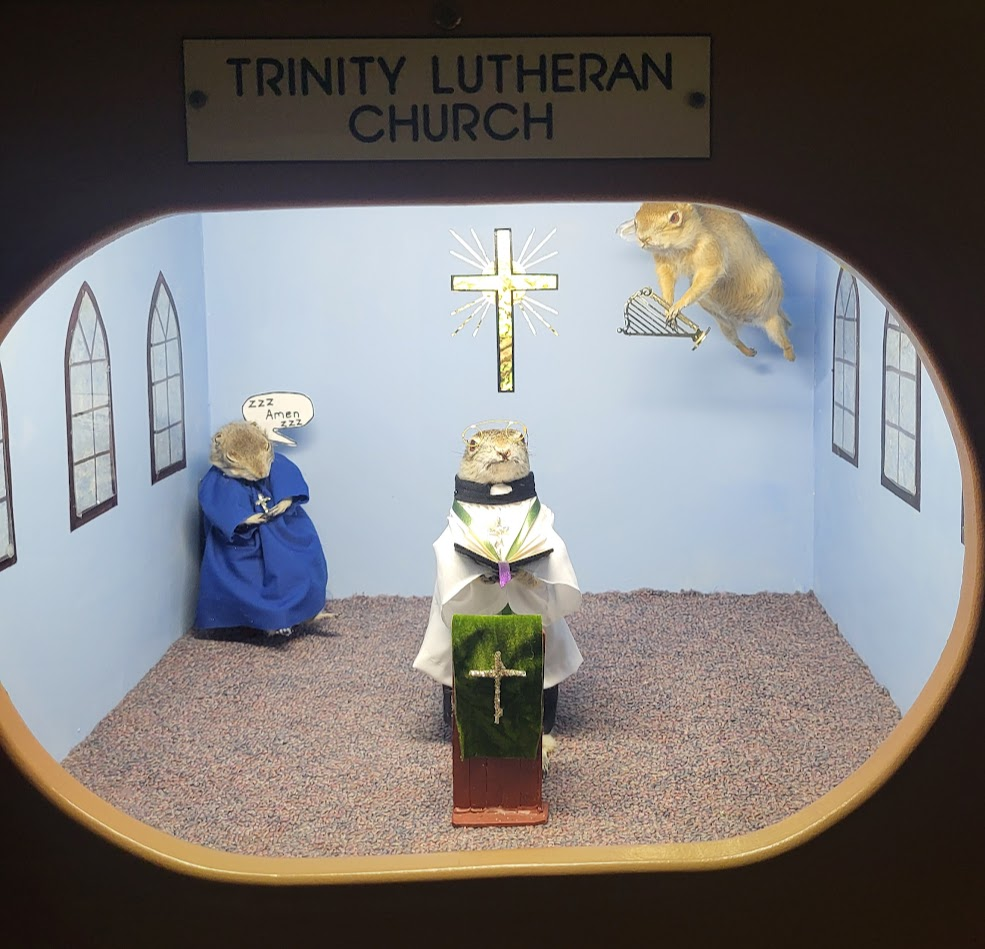
Torrington Fire Department.

Village office.
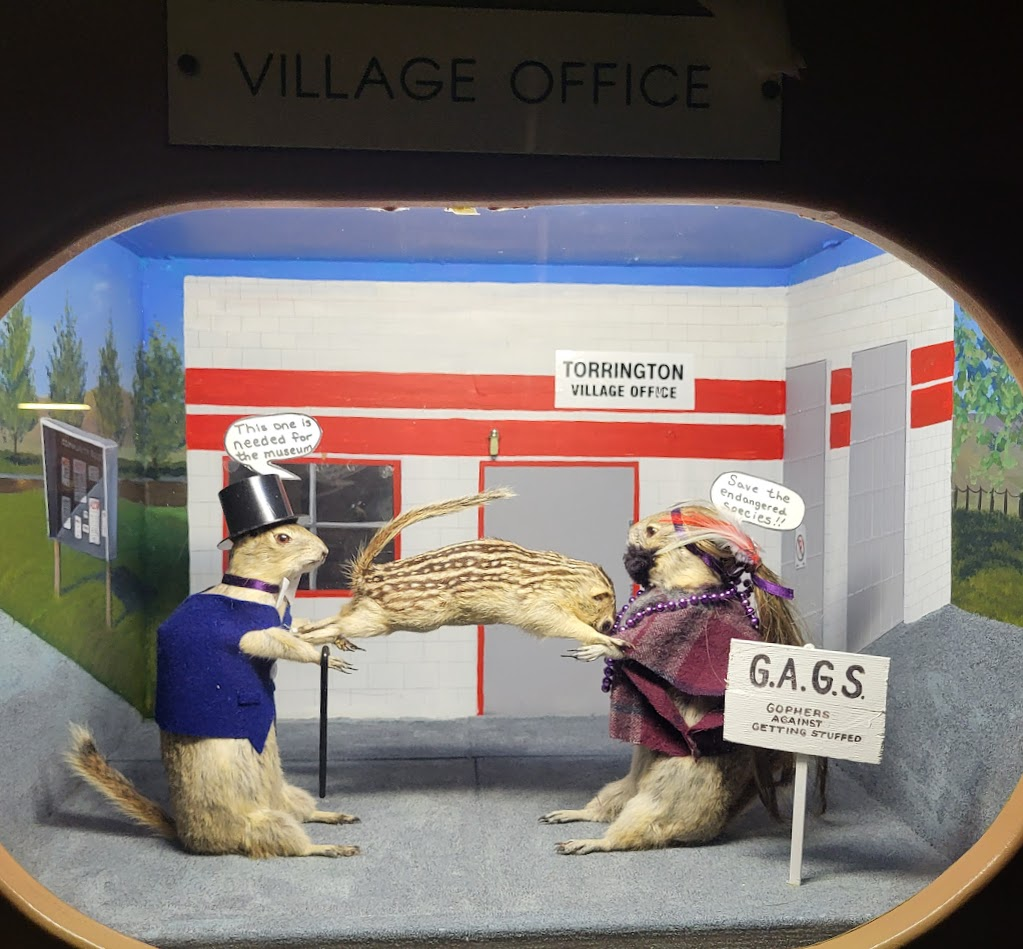
Torrington Mobile Home Park.

Pizza ‘N’ More Eh.

Albert GoFur.
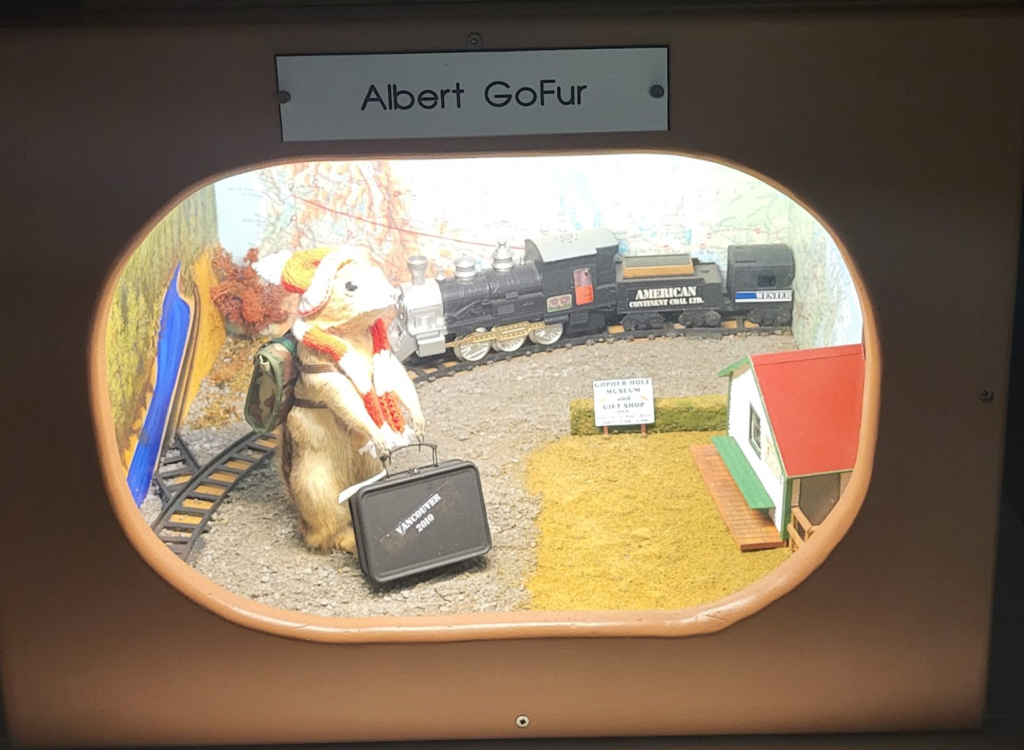
Serenity garden.

Barrie’s & Bernies Diner.
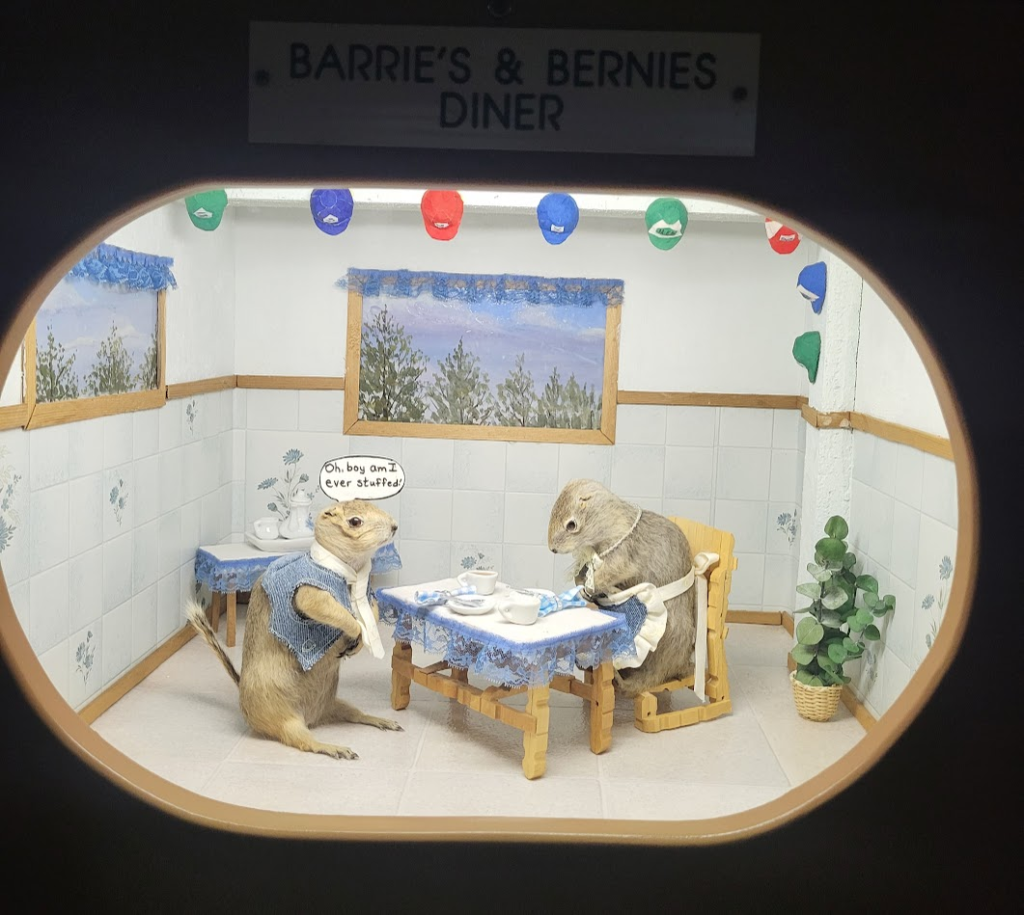
Torrington Welcomes Tourists.

Torrington Fertilizer Plant.

Old Train Station.
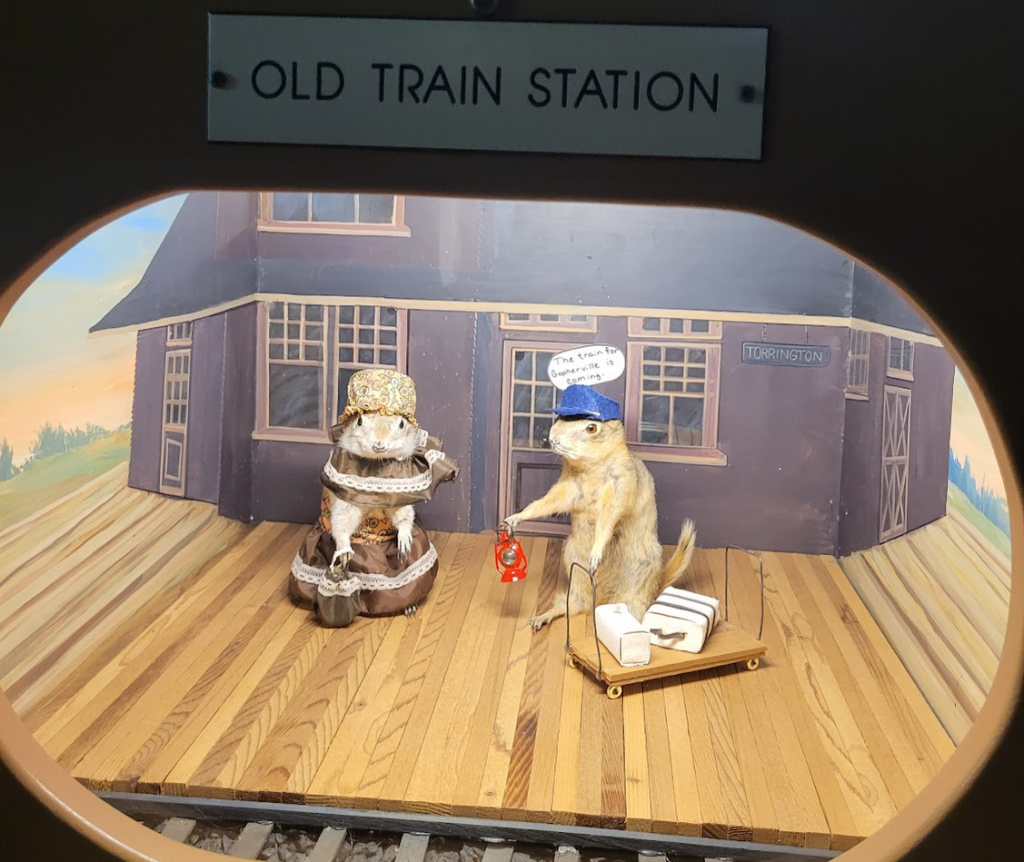
Hunting Season.

Old Tyme Music Jamboree.

Village Campground.
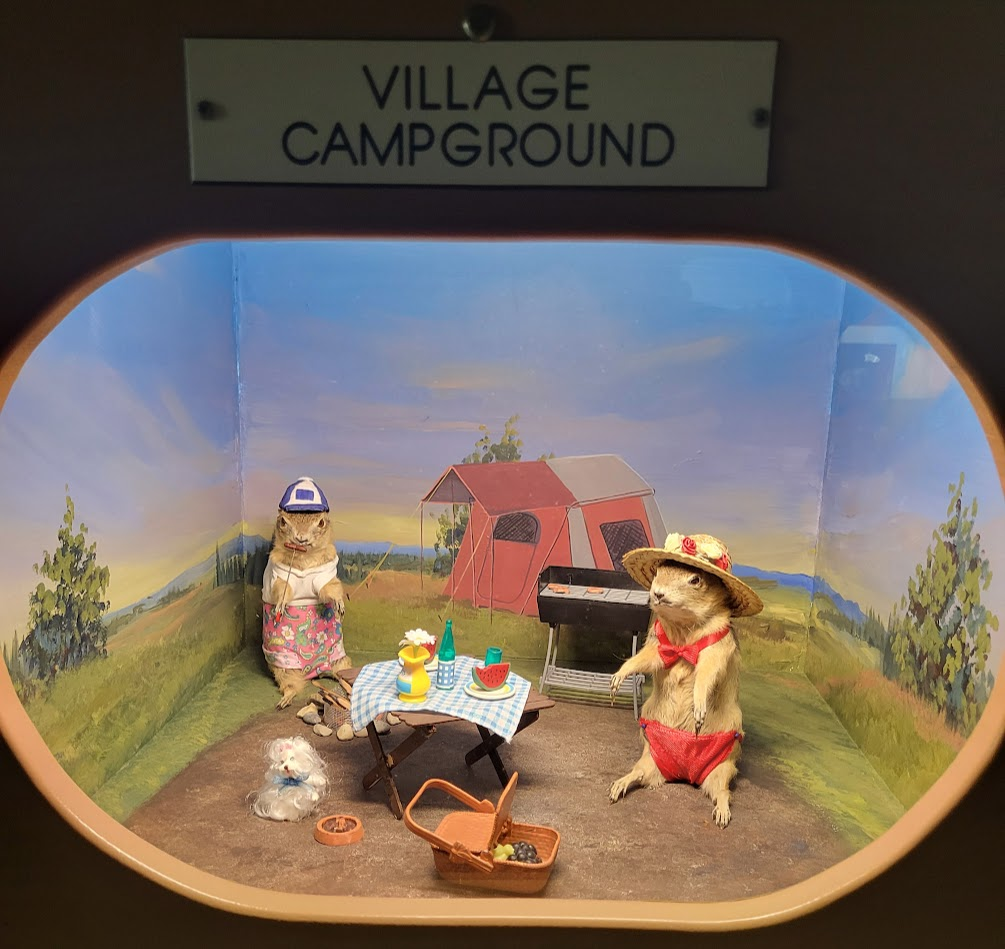
There’s more to see when you visit Torrington, Alberta’s odd little claim to fame, so if you have any gopher-related vacation plans this summer (like who doesn’t am I right?) or just happen to be in the neighborhood, make sure you drop by.
